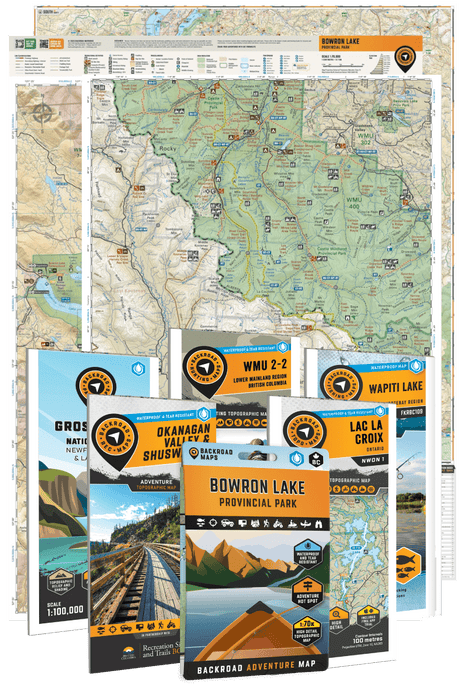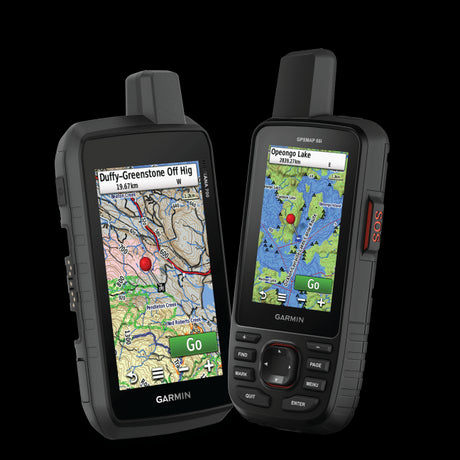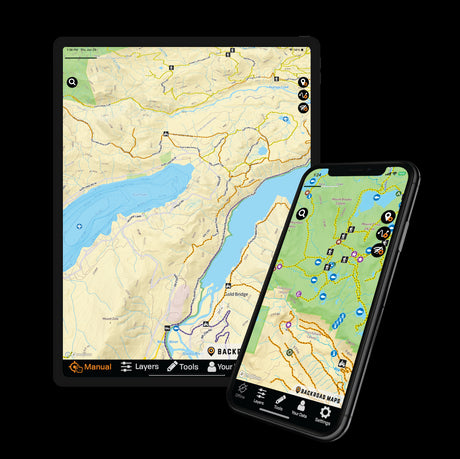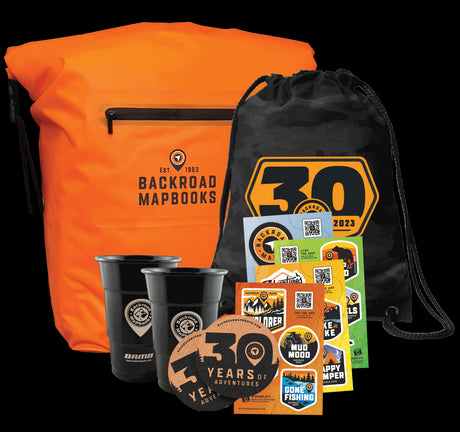What started thousands of years ago simply as a form of transportation, has grown to become one of Canada’s most popular winter sports, and it is easy to see why. Not only is it a great low-impact aerobic workout, but it is also super easy and fun.
Unlike other winter sports such as snowboarding and skiing, snowshoeing is easy to learn and requires very minimal equipment, meaning you can get out in the backcountry faster and for less than half the price. Also, if you are looking for a way to burn off those holiday sweets, snowshoeing is the answer. You can burn more than 600 calories per hour, all while immersing yourself in the beautiful backcountry.
Whether you are looking for a way to stay active outdoors this winter, or just want to give the sport a try, here is our beginner's guide to snowshoeing along with some of the best places to try it in Canada.

chelseyoyka - Moose Mountain
What to Wear
Despite working up quite a sweat, you should always be prepared for the cold while snowshoeing.
Dress in layers
- Base layer: a lightweight long underwear made of moisture-wicking fabric, like wool, that keeps warm even when wet
- Insulating layer: a polyester fleece will retain heat, but will also breathe during your workout
- Outer Layer: waterproof shell jacket and pants to keep you dry and protect from the wind
Step up your boot game
- Find some insulated, waterproof snow boots with thick soles
- Leather hiking boots will work, but only if they are waterproof
- No cotton socks! Wool or synthetic socks keep your feet drier and insulated in the cold snow
Accessorize well
- A wool toque will help keep you warm on a cool day while a baseball hat is a great way to shield your eyes against the bright snow
- Waterproof gloves or mittens are a necessity to keep your hands warm.
- Despite being winter, it can get bright on the trail. Sunglasses and sunscreen can help from burning UV rays

wellman86 - Gros Morne
Techniques
Now that you are all suited up and ready to go, it’s time to learn the ins and outs of snowshoeing. As the saying goes, “if you can walk you can snowshoe,” so there is not too much to it, but it is important to know how to get started.
Starting Out The best place to start out snowshoeing is on flat ground. Besides, there is nowhere to go but up from there! The motion should come naturally, as walking on flat ground in snowshoes is almost exactly like walking without snowshoes, aside from your stance being slightly wider to avoid stepping on the frames.
Going Up Depending on the snow conditions, there are a variety of ways to ascend hills.
Powdery Snow On soft, powdery snow, the best technique is the kick-step. This is where you pick up your foot and kick it into the snow with the toe of your boot, creating a step. This will allow your snowshoes to be perpendicular to the angle of the slope with the crampons or cleats in the snow under your feet. If the snow is too light for this technique seek a different route up the hill.
Hard Packed Snow On hard packed snow it will not be easy to kick-step. This is where poles or other traction devices will come in handy. Using your boot claws, you should be able to simply walk up the slope, but if it is too steep try to find another way up the mountain.
Moderate to Steep Slopes Most snowshoes have a feature, found under the heel, called a heel lift or televator. This mechanism is designed to put your leg in a more comfortable position rather than just flat on the snowshoe for long hill climbs.

@ultraellie - North Shore, Vancouver
Getting Down How you travel downhill will depend on the model of snowshoes you have?WITH heel crampons Getting downhill for a first-time snowshoer can be tricky, but instinct will tell you to lean back on the tails of the shoes. This works great for models of snowshoes with heel crampons because they will help dig into the snow as you head down the mountain.
WITHOUT heel crampons For snowshoes without heel crampons, you will have to go against your instincts and keep your body weight over your feet, angling the toe crampons to have a good grip on the snow. This is when poles will come in handy to provide more balance and control.
Remember, if you slip, just sit down and enjoy the ride!
Falling Down (and getting back up) Though it is not a common mishap, you can have a fall here and there while snowshoeing. Most often, it can happen while you are descending a hill, but the best bet when you feel yourself starting to go is to lie back or on your side. Once you are down, it is easiest to get up by rolling your body to get your knees beneath you and, if you have poles, use them to brace as you get up.
Safety
While snowshoeing is relatively safe and easy, sport accidents can happen, and it is up to you to prevent them. For starters, do not set out on a trail beyond your physical capabilities. For beginner snowshoers, we recommend established and well-used trails, so that you are never too far from help in case you need it. As well, no matter the length or popularity of the trail, always be prepared with the proper clothing, food and water. It is important you travel in a group, with at least one person providing a detailed topographic map of the area you are exploring, or, better yet, one of our Backroad GPS Maps to know where you are even in a whiteout.?
Super Places to Snowshoe in Canada
For those just taking the first step into snowshoeing, it can be hard to know where to go. Luckily Canada has some of the most pristine backcountry terrain to explore via snowshoe, even for beginners. Here are the best places to head out for a great adventure on your first, second, or hundredth time snowshoeing.
- Algonquin Provincial Park
- Banff National Park
- Frontenac Provincial Park
- Gros Morne National Park
- Moose Mountain Provincial Park
- Narrow Hills Provincial Park
- Riding Mountain National Park
- Terra Nova National Park
- Whistler, BC
Get out and try your hand at some new adventure skills snowshoeing and have snow much fun this winter!

@mcvean_11 - Lookout trail (Algonquin Park)







